Tbilisi, the capital of Georgia, is a dynamic blend of ancient history, modern influences, and captivating culture. This guide will take you through everything you need to know when visiting Tbilisi, from its iconic landmarks to the best dining spots, and offer some local tips to enhance your trip.
1. Introduction to Tbilisi
Founded in the 5th century, Tbilisi’s location on the crossroads of Europe and Asia has made it a historical center of trade, diverse cultures, and religious influences. Its charming mix of architecture—medieval churches, neoclassical buildings, and modern structures—reflects its colorful past and evolving present.
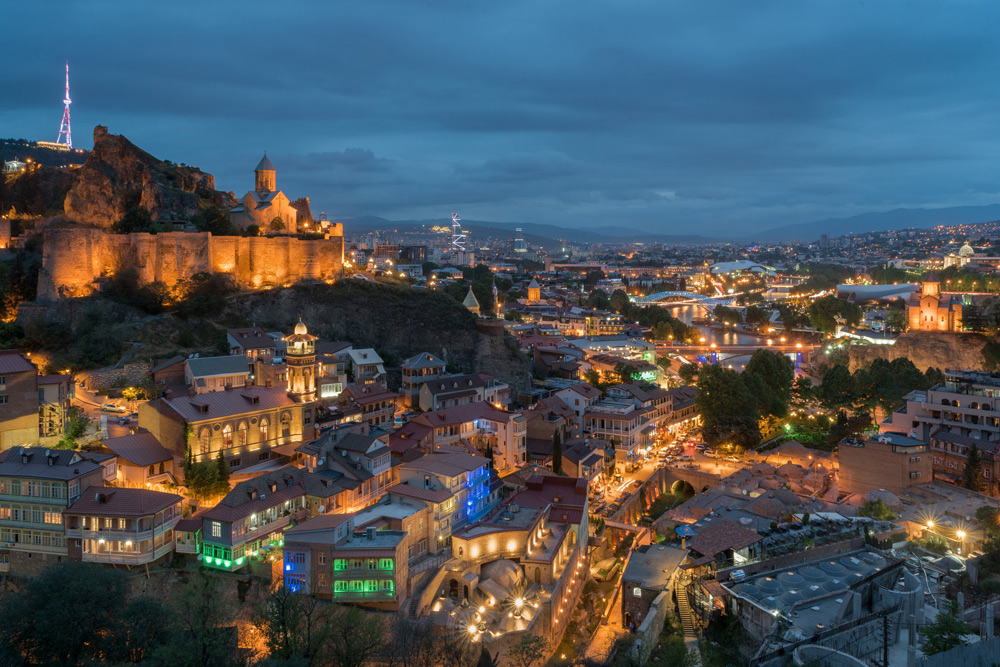
2. Best Time to Visit
Tbilisi is beautiful year-round, but the ideal times are during the spring (April to June) and autumn (September to November), when the weather is mild and the landscapes are lush. Summers can be hot, while winters are cold but rarely freezing.
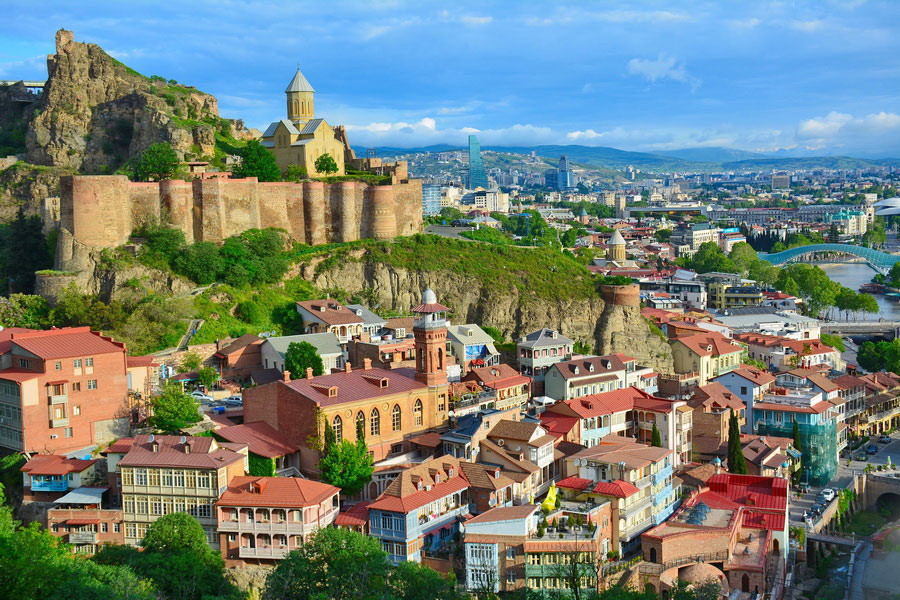
3. How to Get to Tbilisi
- By Air: Shota Rustaveli Tbilisi International Airport is well-connected with major cities across Europe, the Middle East, and Asia. It is about 17 km from the city center.
- By Train: Tbilisi is a major railway hub connecting to Baku (Azerbaijan), Yerevan (Armenia), and domestic cities like Batumi.
- By Road: You can also reach Tbilisi by car or bus from neighboring countries like Armenia, Azerbaijan, and Turkey.
4. Getting Around Tbilisi
- Metro: Tbilisi’s metro system is efficient, with two main lines covering much of the city. Metro cards are inexpensive and widely used.
- Buses and Marshrutkas: Public buses and minibusses (marshrutkas) operate throughout the city, providing a convenient way to explore.
- Taxis and Ridesharing: Taxis are affordable, but it’s best to use apps like Bolt or Yandex to avoid fare negotiation.
- Walking: Central Tbilisi is pedestrian-friendly, and strolling through the old town is one of the best ways to explore.
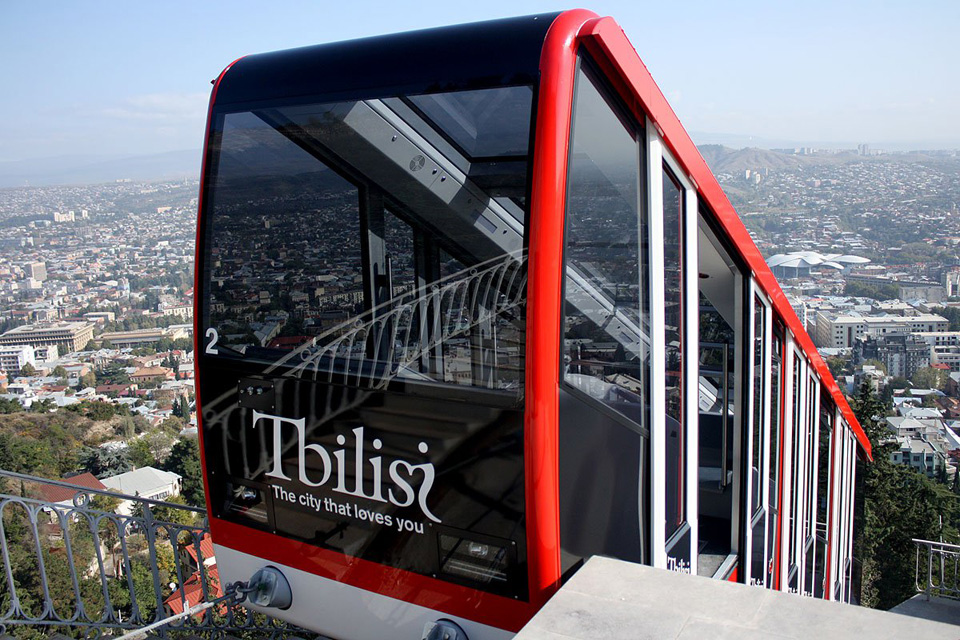
5. Must-See Attractions
a. Old Tbilisi
Wander the narrow, cobbled streets of Tbilisi’s Old Town, where you’ll find colorful houses with wooden balconies, ancient churches, and bustling markets.
- Narikala Fortress: A historic 4th-century fortress offering panoramic views of the city.
- Sulfur Baths (Abanotubani): Tbilisi’s famous sulfur baths are in the heart of the Old Town, a perfect spot for relaxation and a traditional experience.
.jpg)
b. The Holy Trinity Cathedral (Sameba Cathedral)
This modern architectural masterpiece is one of the largest religious buildings in the world. Its striking design and interior are worth a visit.
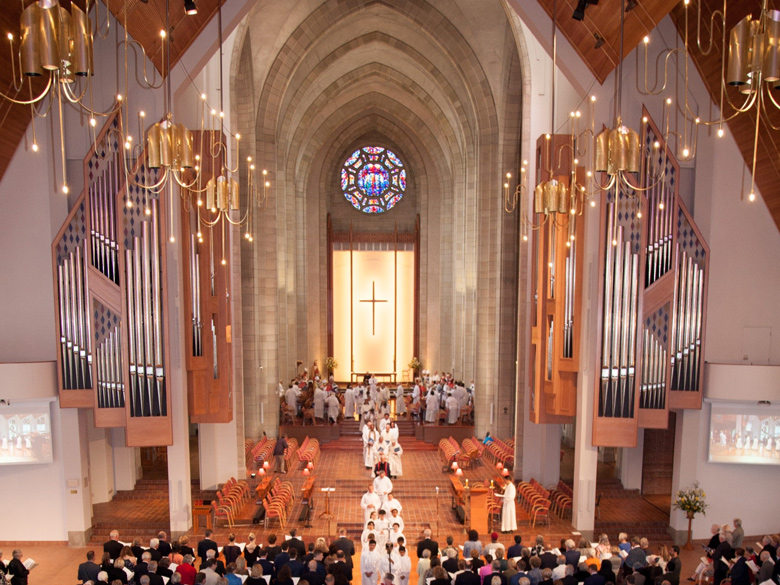
c. The Bridge of Peace
A modern glass-and-steel pedestrian bridge that connects Old Tbilisi with the newer parts of the city. It’s especially stunning at night when illuminated.
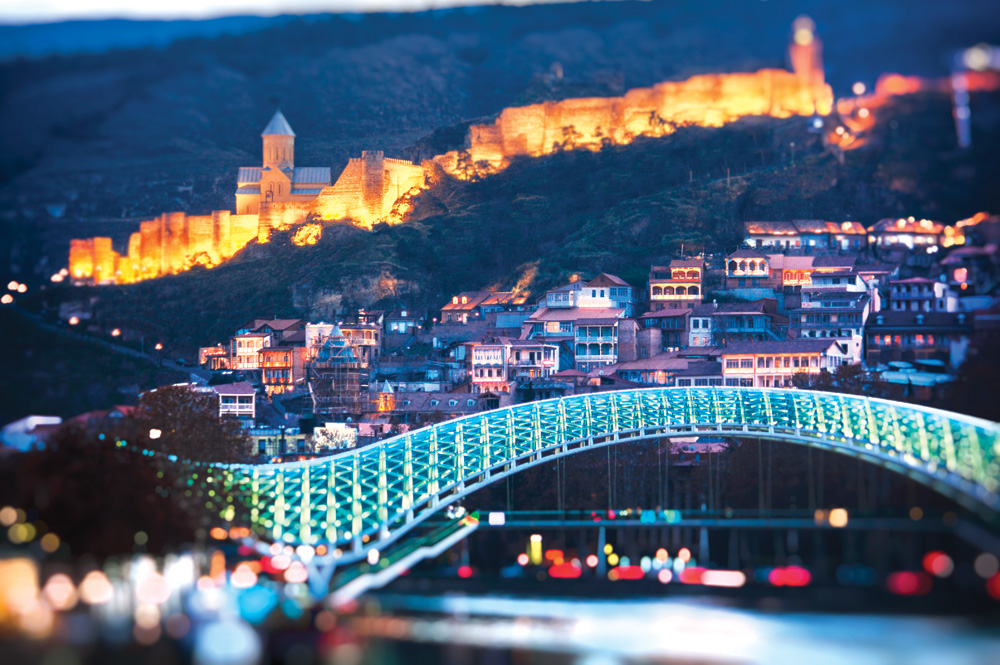
d. Mtatsminda Park
Take the funicular up to Mtatsminda Park, which offers amusement rides, cafes, and spectacular city views.
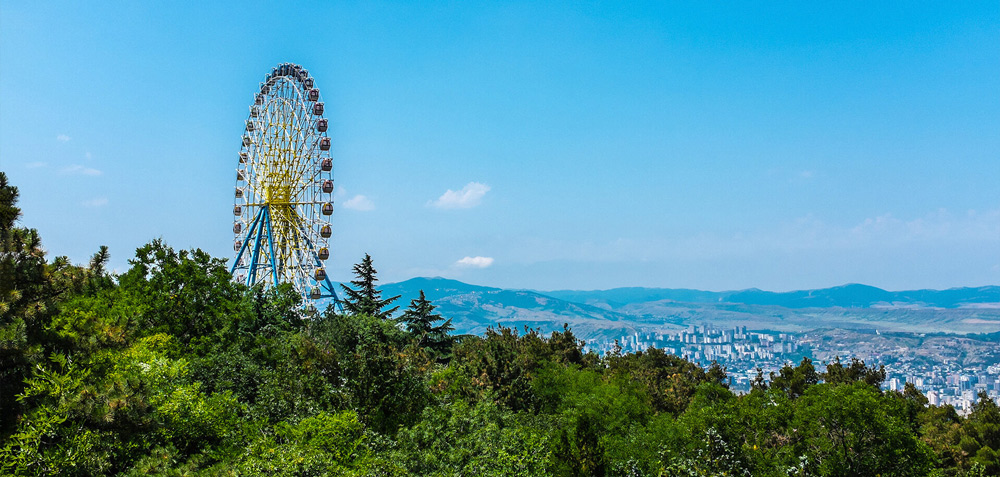
e. Rustaveli Avenue
The central avenue of Tbilisi is home to elegant buildings, theaters, museums, and shops. The Georgian National Museum and Tbilisi Opera House are highlighted here.
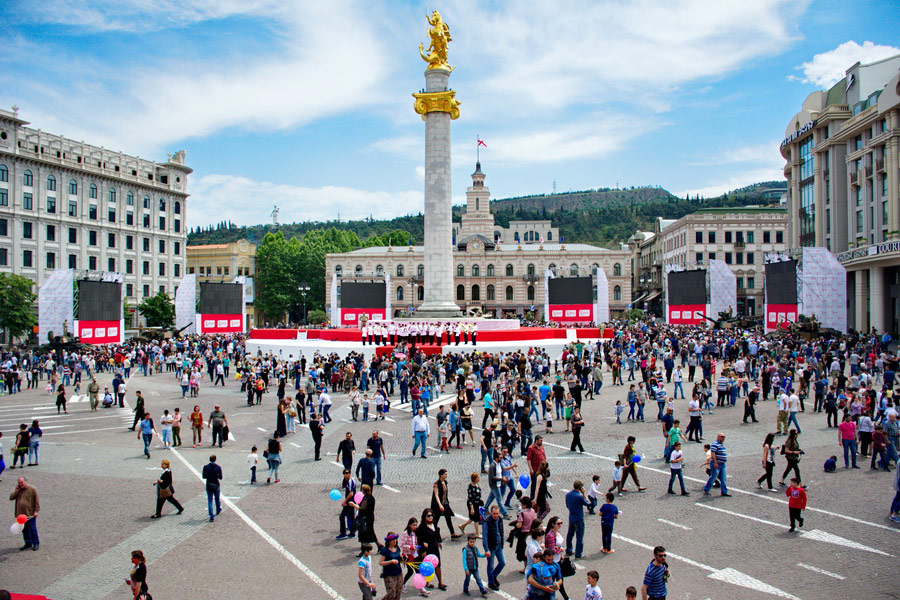
6. Cultural Experiences
a. Tbilisi Museums
- Georgian National Museum: Explore the extensive collections of Georgian history, including artifacts from the ancient Silk Road.
- Open Air Museum of Ethnography: A fascinating look at Georgian village life, with reconstructed homes and buildings from different regions.
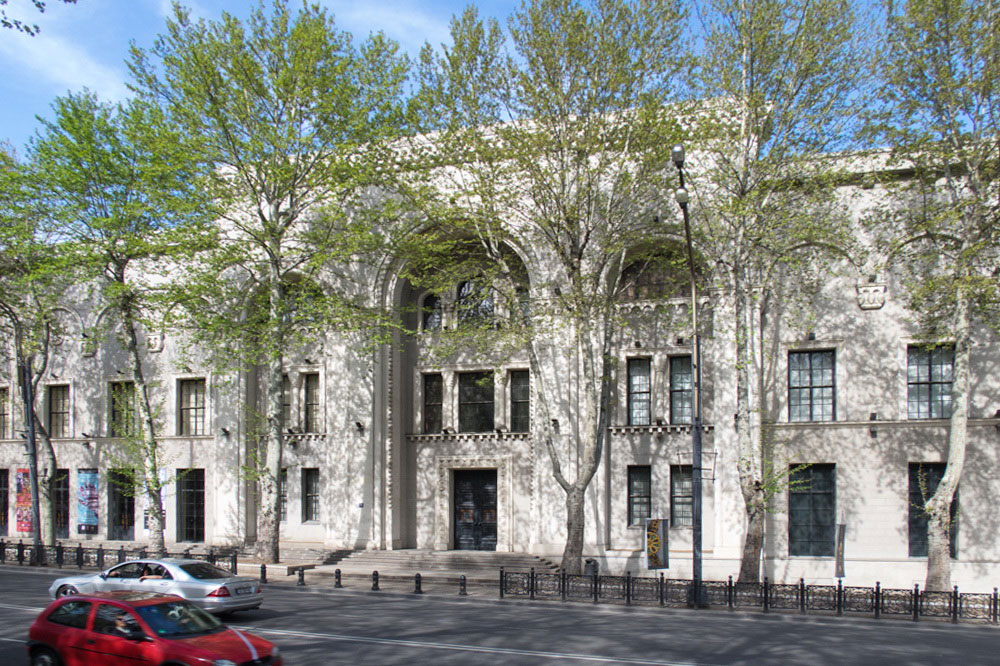
b. Theaters and Performances
Tbilisi is a cultural hub with a rich tradition of performing arts. Check out a ballet or opera performance at the Tbilisi Opera and Ballet Theater or enjoy contemporary plays at the Marjanishvili Theater.
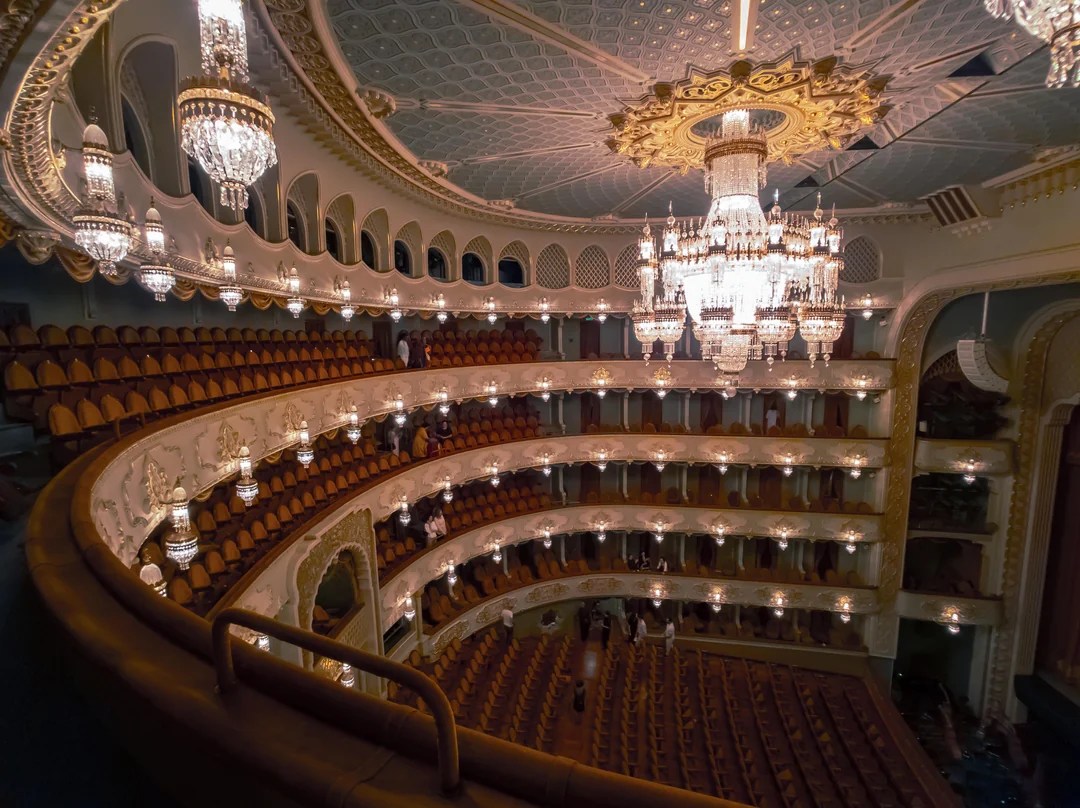
7. Where to Eat in Tbilisi
Georgian cuisine is a highlight of any trip, and Tbilisi has a fantastic selection of eateries.
- Traditional Georgian Restaurants: Try khachapuri (cheese-filled bread), khinkali (dumplings), and pkhali (vegetable pâtés) at places like Samikitno, Shavi Lomi, or Sakhli #11.
- Modern Georgian Cuisine: Experiment with fusion dishes at Lolita, Barbarestan, or Keto and Kote.
- Wine Bars: Georgia is the birthplace of wine, so don’t miss out on wine tasting at places like G. Vino or Vino Underground.

8. Day Trips from Tbilisi
a. Mtskheta
Just 20 km from Tbilisi, this UNESCO World Heritage site is Georgia’s ancient capital and home to several important religious landmarks, including Svetitskhoveli Cathedral.
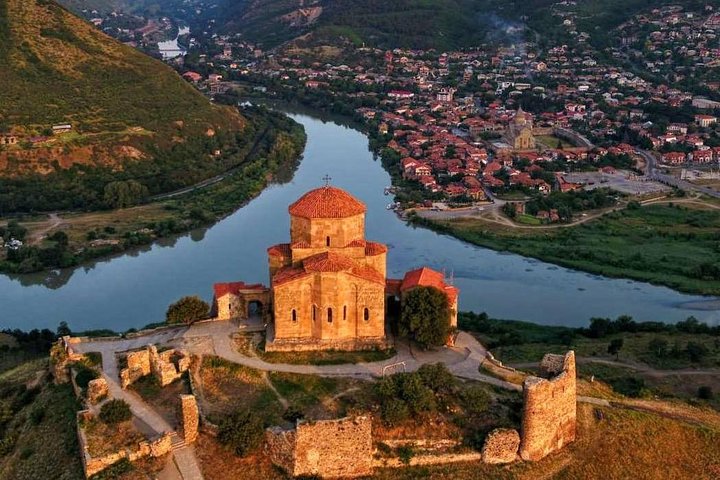
b. Kazbegi (Stepantsminda)
A three-hour drive from Tbilisi, Kazbegi offers breathtaking mountain scenery, including the famous Gergeti Trinity Church, perched dramatically on a hilltop.
.jpg)
c. David Gareja Monastery
Located on the border with Azerbaijan, this cave monastery is a unique blend of nature and history, with stunning desert landscapes.
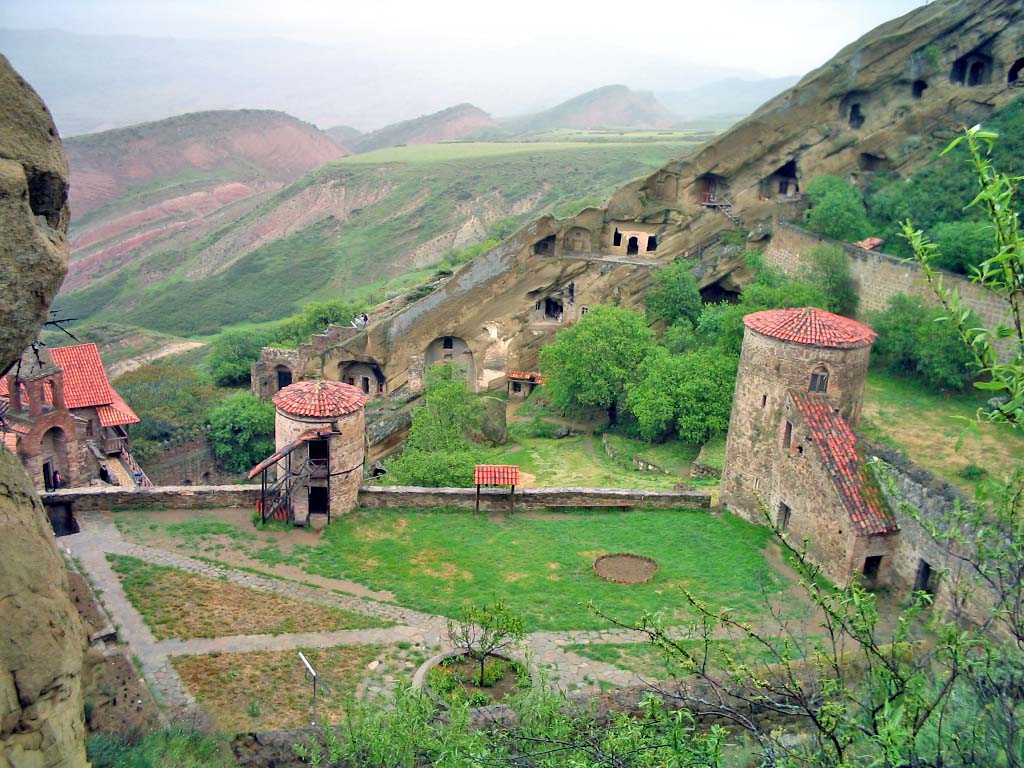
9. Shopping in Tbilisi
- Dry Bridge Market: A popular flea market with antiques, Soviet memorabilia, art, and local crafts.
- Chardin Street: A trendy area filled with boutique shops, cafes, and galleries.

10. Nightlife in Tbilisi
Tbilisi’s nightlife is booming, with everything from cozy wine bars to underground techno clubs.
- Bassiani: One of the most famous techno clubs in Europe, located in a former Soviet swimming pool.
- Fabrika: A multi-functional space with bars, restaurants, and live music.
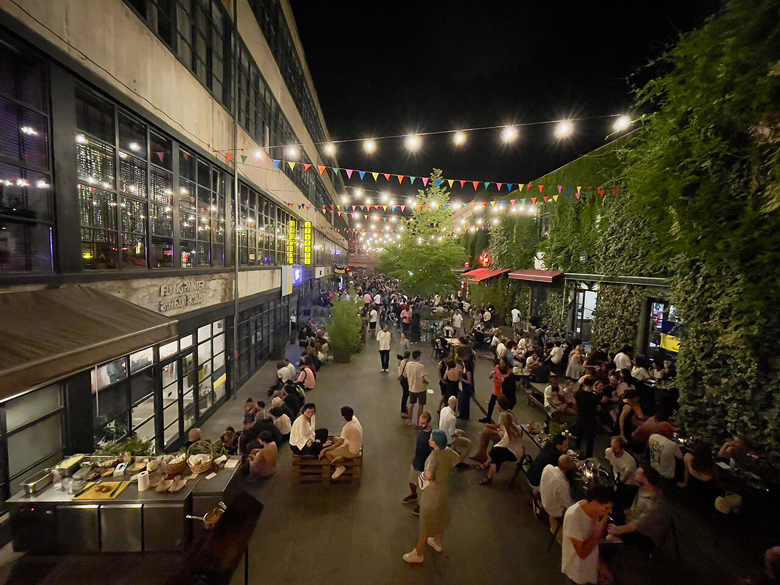
11. Practical Tips for Visiting Tbilisi
- Currency: The local currency is the Georgian Lari (GEL). Credit cards are widely accepted, but it’s good to carry some cash, especially in smaller establishments.
- Language: Georgian is the official language, but many people, especially in the tourism sector, speak English and Russian.
- Safety: Tbilisi is generally a safe city, but like any other tourist destination, it’s important to stay aware of your surroundings.
Conclusion
Tbilisi is a city where ancient meets modern most delightfully. Whether you’re exploring its historic sites, indulging in its culinary delights, or soaking in its lively atmosphere, Tbilisi promises a memorable adventure filled with warmth, culture, and history.
